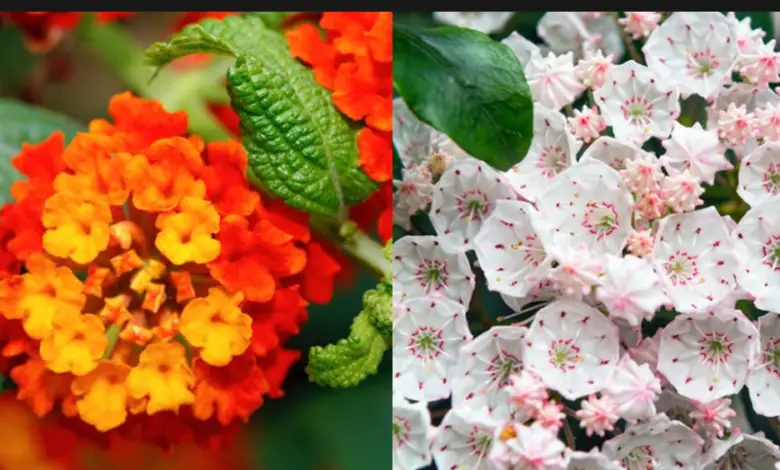Toxic Plants That You Should Never Keep In Your House

When you place plants in your home, they bring peace, wealth, good health and positivity. But not all plants hold the same properties! While some plants bring luck and positivity, others may be negative and should never be kept in homes. Vastu Shastra says that certain plants can be negative due to their potential to disrupt the equilibrium of your home. Some pretty plants can also be quite dangerous.
They can cause serious health and vastu problems in your home, while some may be deadly to your pets, even if ingested in small amounts. Here are certain plants that are toxic and should not be kept in homes.
Toxic Plants To Not Keep At Home
Lily Plant
Lilies make a beautiful plant for house decorations but certain species can be extremely dangerous. While the lily plant adds colour, beauty and cheer to your home, they might be dangerous for your pet cats. Lily plant varieties such as Calla lily, Easter lily, Rubrum lily, Tiger lily, Day lily and Asian lily might be harmful to cats. When ingested, lily plants can cause vomiting, lethargy or loss of appetite.
Amaranth Plant
Amaranth is a flowering plant that is extremely beautiful but you should not keep it in your home. It is a fast-growing plant and a top pollen producer. If you are someone who suffers from allergies, pollen can make you feel sick. In summer, the allergy symptoms can get worse in the presence of amaranth plants in your home.
Oleander
Oleander is a popular shrub suitable for warm weather. It should not be kept in the house because its leaves and flowers contain toxic cardiac glycosides, which can cause abdominal pain, vomiting or drooling.
Mistletoe
Popular during the Christmas season, the Mistletoe is a plant that signifies love. During Christmas celebrations, anyone who stands under the mistletoe needs to kiss eachother. But mistletoe plants contain phoratoxin, which is toxic when any part of this plant is eaten. When any part of this plant is ingested, it can be dangerous for the pet’s health.
Caladium
Also known as ‘Elephant Ear’, caladium is a striking heart-shaped plant that is used both indoors and outdoors. Caladium plants contain insoluble calcium oxalates that may cause oral swelling, and vomiting in pets.
Daffodil
A common plant, daffodil contains lycorine, which might cause vomiting, drooling, convulsions and irregular heartbeats in humans and pets. Therefore you should never place it in your house.





